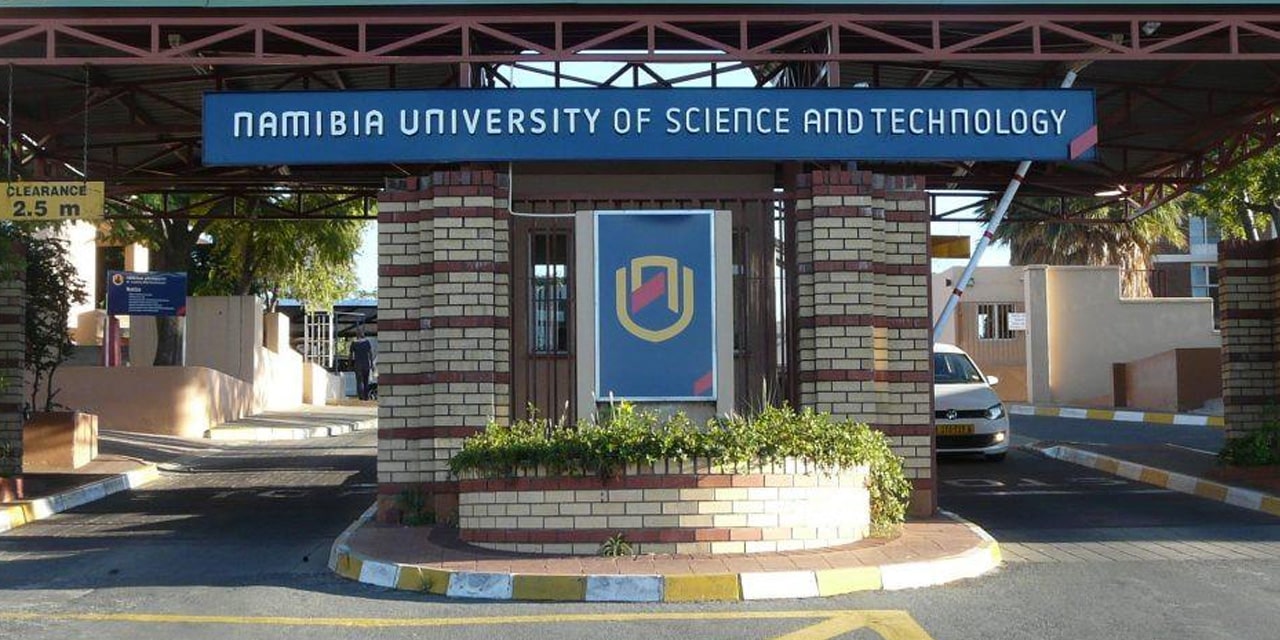Martin Endjala
The Environmental Investment Fund of Namibia (EIF) continues to grow and strengthen its stakeholder collaboration despite mounting economic challenges facing the country.
The fund was established in 2001 by an Act of Parliament and started its operations in 2011.
EIF started accessing funding from the Green Climate Fund (GCF) in 2016 and has to date seen the approval of four GCF projects, for a total funding amount of nearly 40 million US dollars. The EIF became one of the first institutions to access the GCF through the “direct access” modality, whereby developing country institutions can access funds without international intermediation.
It was also the first accredited entity to pilot the GCF’s “enhanced direct access” (EDA) approach and one of the first to make use of the “simplified approval process”. These projects are said to be on track with the first two nearing completion.
The EIF’s journey with the GCF is one described as rewarding and transformational, that has significantly scaled up adaptation finance to Namibia and enabling a paradigm shift in the way in which adaptation projects are conceived and financed.
The CBNRM EDA project has been described to be transformational in evolving adaptation finance and decision-making to local communities. For developing country institutions seeking access to GCFfunding, the report outlined lessons and recommendations on the process.
Corporate and communications manager of EIF, Lot Ndahmanomhata has reiterated that they are committed to looking at new possibilities to improve services, and finding amicable solutions on how they can improve their engagements with stakeholders in light of the current new normal coupled with high inflation.
The Fund together with the Ministry of Environment, Forestry and Tourism successfully hosted the
NILALEG Project grants hand over at the Okatjandja Kozomenje Conservancy at Okorosave Village in the Kunene Region.
The Namibia Integrated Landscape Approach for Enhancing Livelihoods and Environmental Governance to Eradicate Poverty (NILALEG) Project handed over ten grants under three investment windows, namely crop and rangeland management, agroforestry and nature-based enterprise. The grants handed over had a combined monetary value of about N$6, 87 million.
They are aimed at promoting an integrated landscape management approach in key agricultural and forest landscapes, by reducing poverty through sustainable nature-based livelihoods, protecting biodiversity and restoring forests as carbon sinks, and promoting Land Degradation Neutrality. The project is said to be unique in many ways, as it firstly utilises a landscape approach in addressing
environmental and climate-induced threats to Namibian livelihoods. This approach seeks to provide
tools and concepts for managing land to achieve social, economic and environmental objectives in areas where agriculture, forest management, and other productive land uses compete with environmental and biodiversity goals.
The Green Climate Fund, through the EIF of Namibia’s Empower to Adapt to (CBNRM EDA) Project
Grant Facility financed 31 grant projects to gazetted Community Forests and Communal Conservancies in 12 of the 14 political regions of Namibia. The funded projects have to date contributed towards empowering rural CBNRM communities in
Namibia by increasing their resilience to adverse impacts of climate change such as protracted droughts, increased flood events, reduced crop production and livestock losses.




